
It’s okay to brag about flying with big, popular airports, but leaving home hours to departure time to beat city traffic isn’t a flex. Smaller ones have fewer crowds, shorter queues, convenient parking, faster services, and often closer to your home. Here are ten of America’s tiniest airports worth considering because they make travel a breeze.
Buffalo Niagara International Airport, Cheektowaga, New York
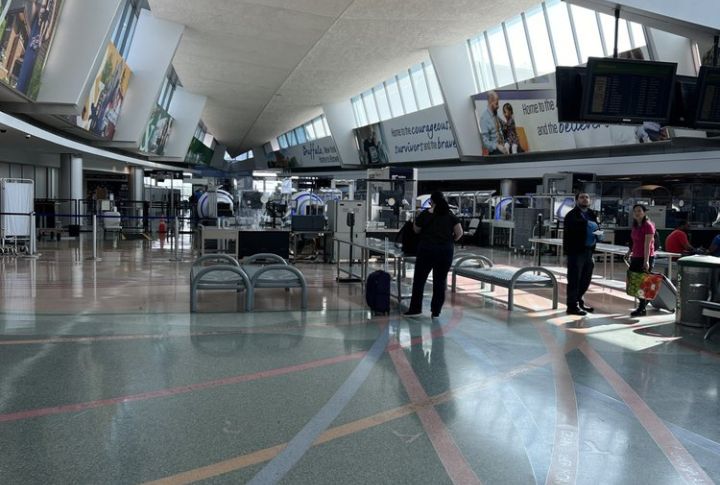
Since aviation enthusiasts opened BUF in 1926, it’s grown into New York’s third-busiest airport. As of 2024, it serves over 5 million passengers annually. Its longest runway spans 8,829 feet, and its 1997 renovation introduced a stunning, glass-filled terminal resembling a plane in flight. It’s only ten minutes from downtown Buffalo.
BUF
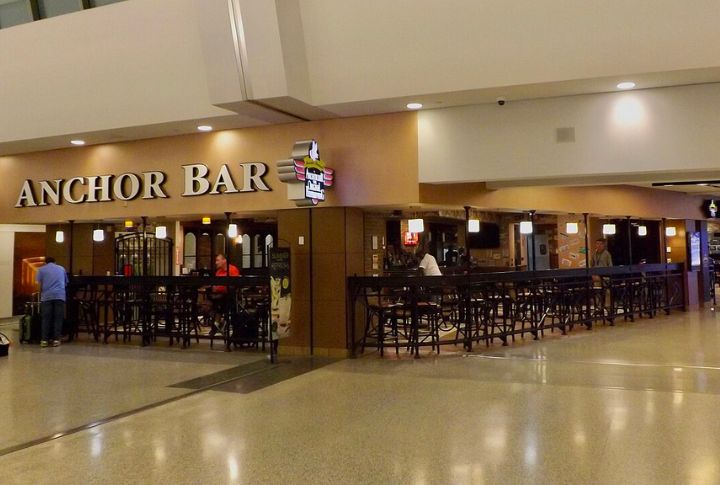
The company’s modern terminal has lounges, dining spots, and free Wi-Fi to make travel smooth and stress-free for passengers. The airport uses major airlines to connect about 23 destinations, including Los Angeles and Miami. There are also taxis, shuttles, and rental cars available. In this case, bigger isn’t better; better is better.
Myrtle Beach International Airport, Myrtle Beach, South Carolina
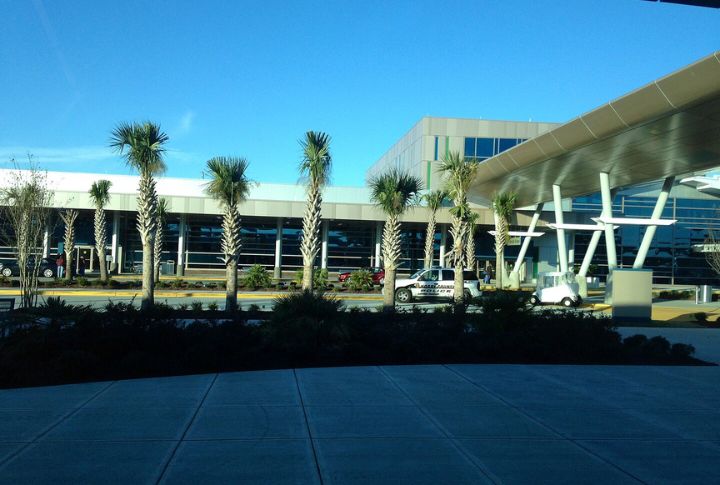
This landing strip was once a military airbase until it became a traveler’s dream. It’s three miles from Myrtle Beach and has low fares and flights to 50+ destinations with airlines like Delta, Southwest, and Spirit. Besides complimentary Wi-Fi, there are delicious dining options like Carolina BBQ and other shops where you can grab souvenirs or last-minute gifts.
MYR
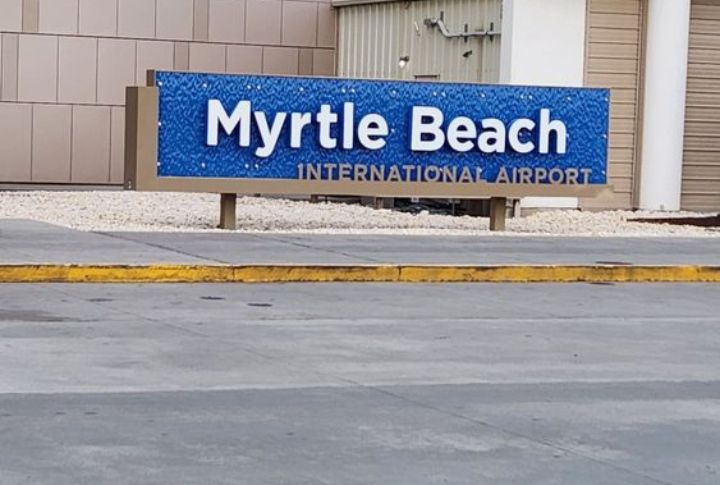
Golfers love MYR because of its specialized baggage system for golf bags. They do this because Myrtle Beach and other nearby spots have 100+ courses. Then, there are car rentals and bus services to get to local attractions quickly. The terminal, which honors the city’s first mayor, expanded from 12 to 18 gates in 2025 for smoother travel.
Garden City Regional Airport, Garden City, Kansas
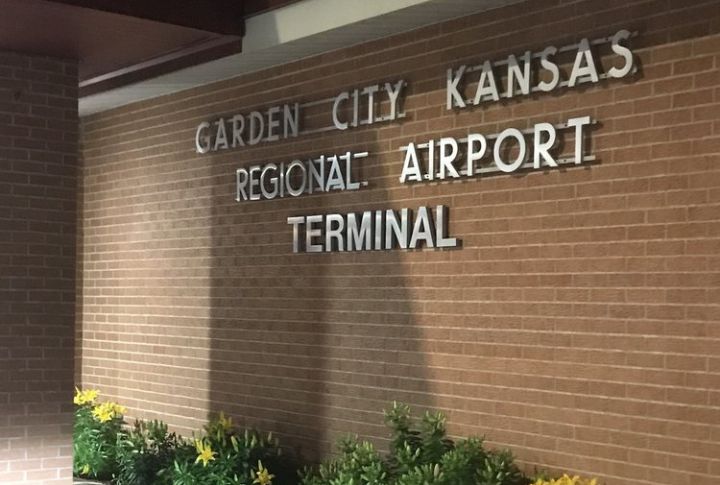
Travelers don’t just love this airfield because it’s only nine miles southeast of Garden City, Kansas. Its fascinating history as a WWII Air Force training base also draws more attention. After the government handed over to Garden City in 1948, it now connects 50,000+ passengers annually to Dallas/Fort Worth via American Airlines.
GCK
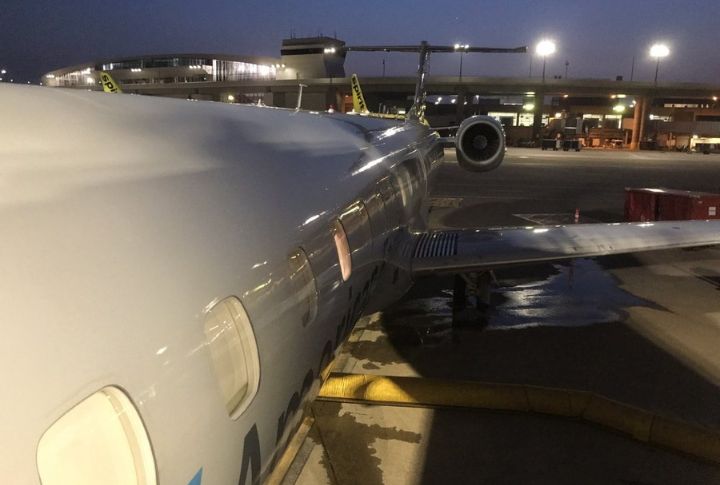
Beyond commercial flights, GCK supports charter services, pilot training, and even air ambulances. Its 1,850-acre space allows it to handle about 20,000 take-offs and landings yearly. In 2023, the airport added the Flight Deck restaurant so travelers can taste their local flavor. They show passengers that smaller airports can serve significant purposes.
Huntsville International Airport, Huntsville, Alabama
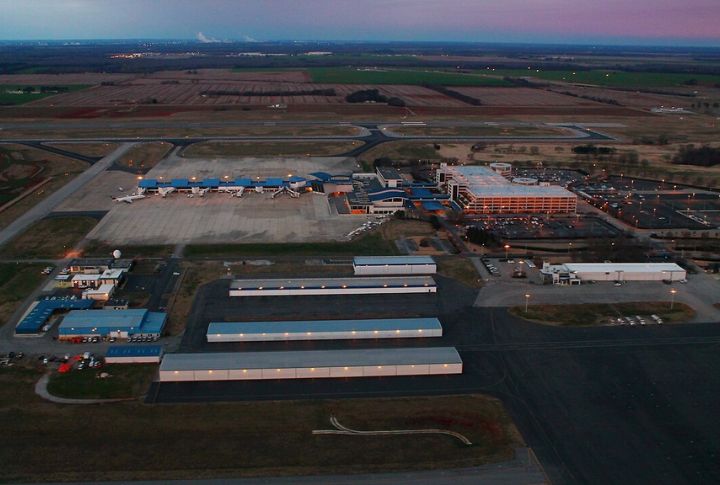
Huntsville was first called the Huntsville Jetport in 1967, and it’s grown since then. This Alabama airfield offers non-stop flights to 14 destinations, including Orlando and Las Vegas. Though small, its 12,600-foot runway is longer than most major airports, and low-cost carriers like Frontier Airlines allow it to serve over 1.2 million passengers annually.
HSV
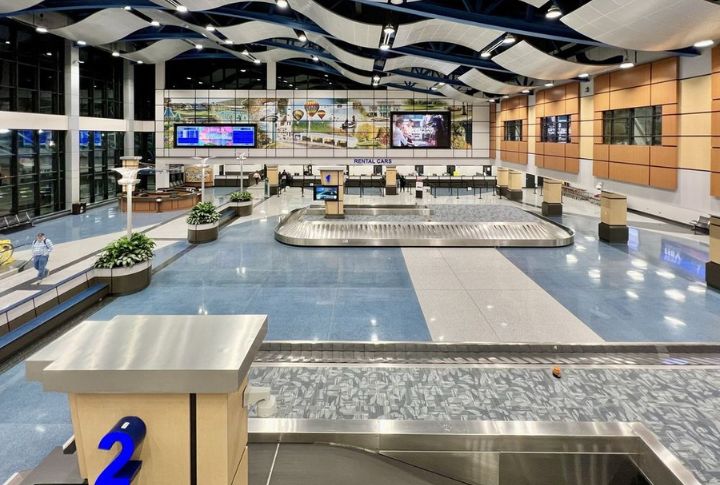
HSV leverages its size to give travelers premium convenience. It has a Four Points by Sheraton Hotel above the terminal for travelers. Besides amenities like free Wi-Fi, comfy lounges, and dining options, HSV has an on-site International Intermodal Center to handle cargo operations. It is safe to say this airport is of regional value.
Charleston International Airport, Charleston, South Carolina
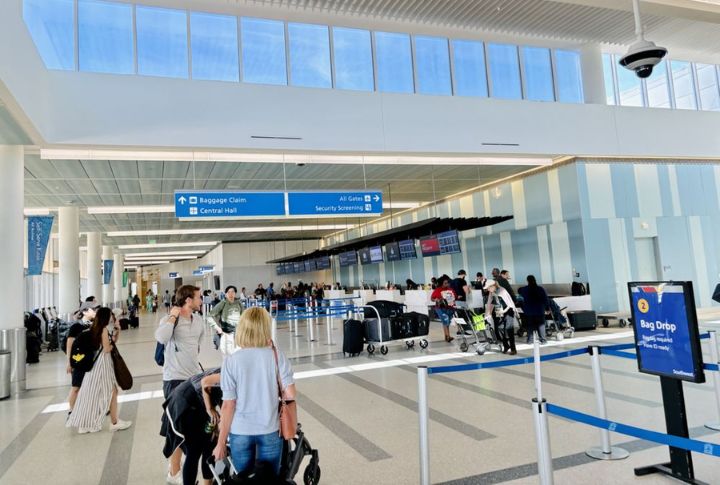
South Carolina’s busiest airport was built in 1929 and first called Charleston Municipal Airport. As of 2023 reports, over 6.1 million passengers fly CHS yearly. This small airport has non-stop routes to cities like Atlanta, New York, and Chicago. Modern amenities include a TSA checkpoint, free Wi-Fi, and thousands of charging ports.
CHS

Air travel isn’t about boarding the plane and cruising through the sky. At least, that’s what CHS feels. The CHS loves to treat travelers to a soft life. They have a good selection of dining options such as Lowcountry Kitchen, Starbucks, The Club CHS lounge, local favorite Charleston Beer Works, and the Jack Nicklaus Grill.
Bradley International Airport, Windsor Locks, Connecticut
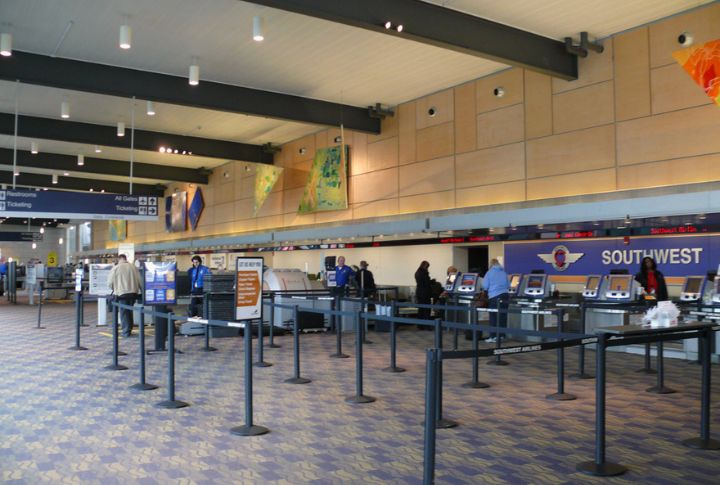
Despite its size, the airport is Connecticut’s second-busiest airport, with over 6 million passengers boarding yearly. It racks in the numbers because it’s perfectly positioned between New York and Boston. BDL has two runways and non-stop flights to over 35 destinations. Since it opened to civilian use in 1940, they’ve tried to combine fast, excellent service with modern amenities.
BDL
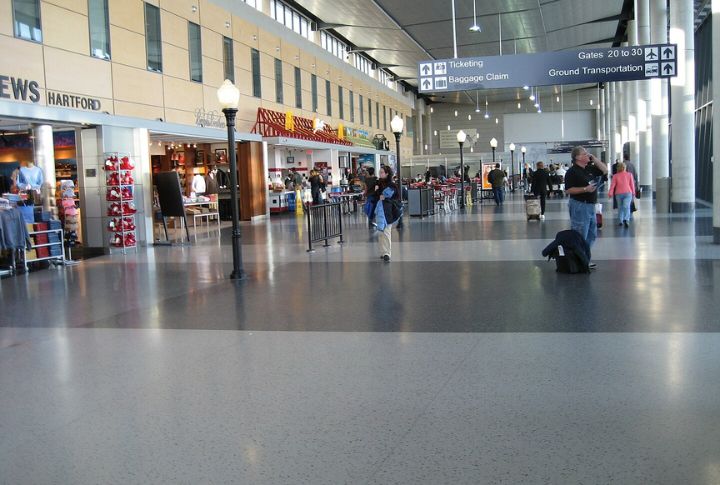
Although airports on this list have features like free Wi-Fi, ride-sharing services like Uber, and enough parking space, BDL stands out with the distinct experience travelers get when they visit the Black Bear Saloon and Phillips Seafood Restaurant. They also entertain passengers with their Escape Lounge for those who want to take a quick relaxing break.
Des Moines International Airport, Des Moines, Iowa
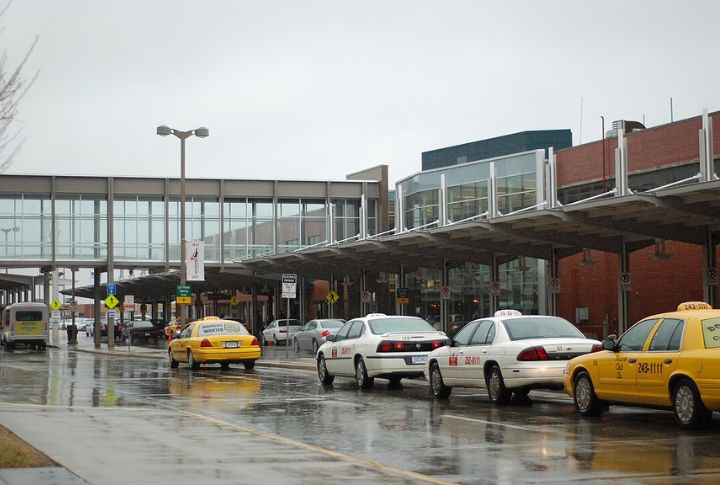
In 2019, Des Moines grew into Iowa’s busiest travel hub, with almost 3 million passengers. The airport sits on 2,600 acres, containing two runways and a terminal with 13 gates. It has connected travelers since 1933 to destinations like Denver, Phoenix, and San Diego. The Iowa Air National Guard’s 132nd Wing also operates from DSM.
DSM
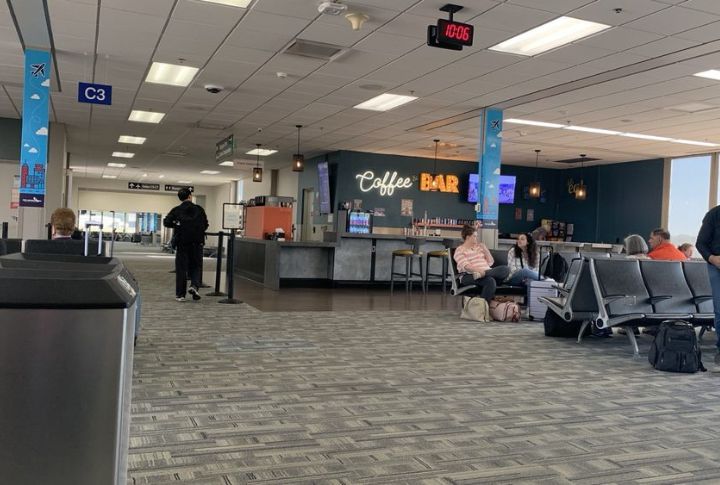
Customers love how DSM takes air travel beyond flying with art displays, community events, and dining. Many often stop by Friedrichs Coffee and Portermill Bar and Grill for local Iowan produce. Passengers can enjoy convenient transportation options, such as on-site car rentals, ride-sharing services like Uber and Lyft, nursing pods for families, and even massage chairs for relaxation.
Bellingham International Airport, Bellingham, Washington
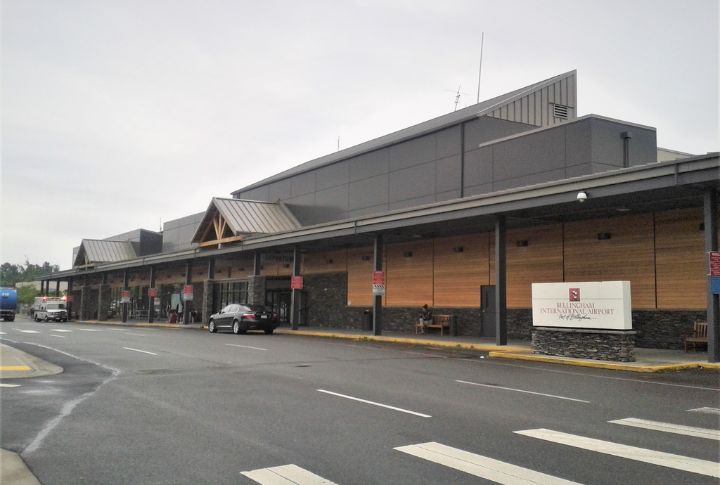
This international airport may be small, but it’s a yearly favorite for over 800,000 travelers. Its six gates are arranged in a simple, two-level terminal for easier access. For many, it’s a convenient alternative to larger airports like Vancouver, as it’s just three miles northwest of downtown Bellingham and 20 miles from the Canadian border.
BLI Flights
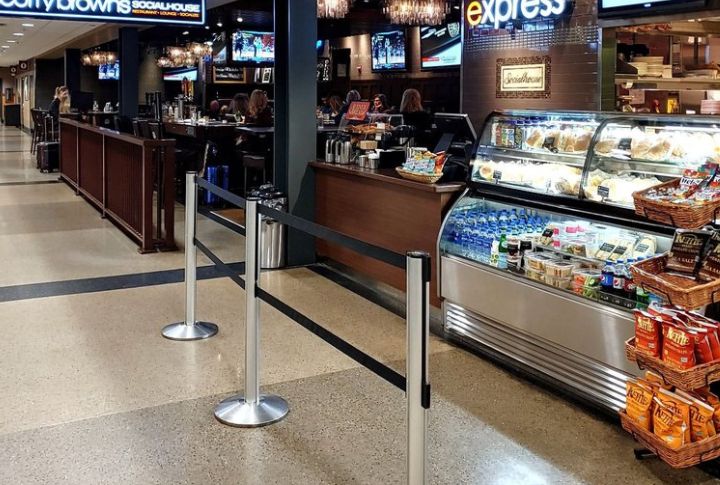
While passengers wait to connect to destinations like Las Vegas, Palm Springs, San Diego, and Seattle-Tacoma, they can relax with a coffee from Halibut Henry’s or a meal at Scotty Brown’s. Since airlines like Alaska Airlines and Allegiant Air operate through BLI, travelers can visit America, British Columbia, and Canada.
Piedmont Triad International Airport, Greensboro, North Carolina
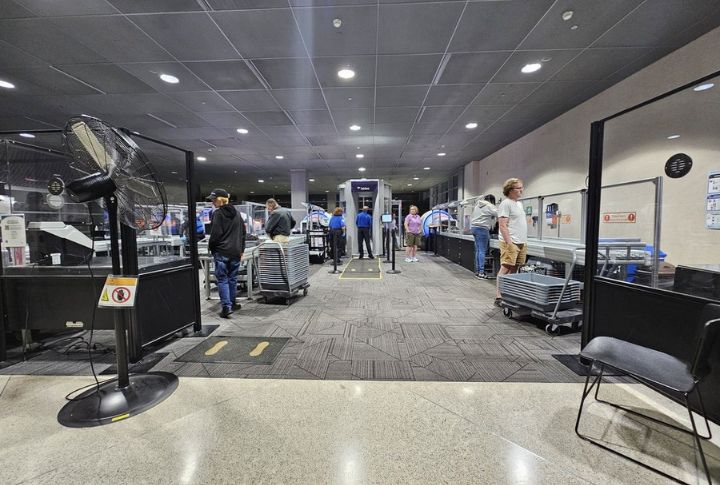
The convenient flights to top destinations like New York City, Atlanta, and Chicago were the game-changers for PTI. It allowed them to manage about 4.5 million people yearly. Since its expansion, there are now three runways, including a 10,001-foot one, a terminal with 26 gates, and a facility with high-speed Wi-Fi.
PTI Airports
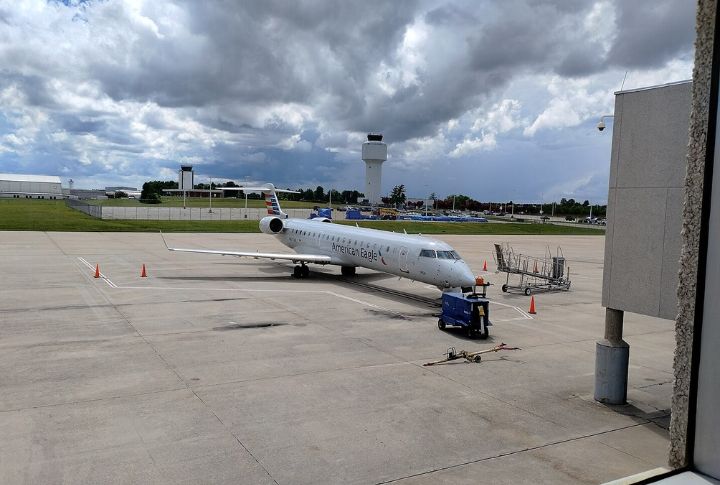
PTI airports have customs services and border patrol to handle international arrivals of diverted passenger flights, cargo flights, or private jets. The airport supports the local economy with industries like Honda Aircraft and other logistics companies. Like their motto “fly easy” says, Piedmont Triad made traveling more convenient through its strategic location on highways like I-40 and I-85.
Blue Grass Airport, Lexington, Kentucky
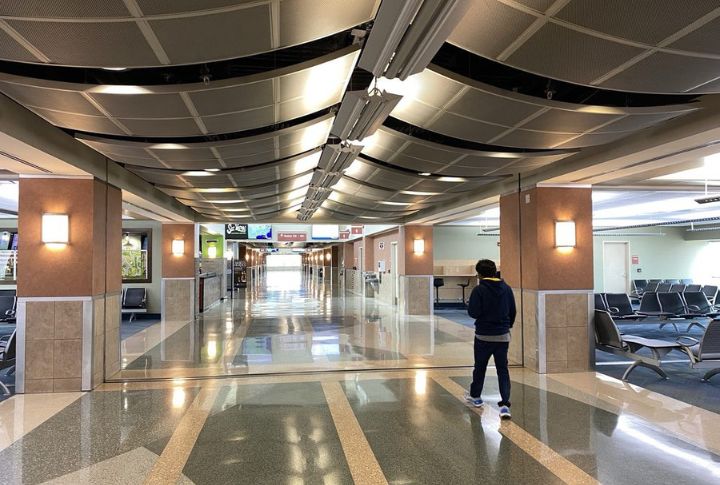
Blue Grass had its first commercial departure on October 13, 1946. As of 2024, they service over 1.3 million passengers with major airlines like Allegiant Air, American Airlines, Delta Air Lines, and United Airlines to about 54 counties. Passengers appreciate the friendly staff, clean facilities, and short wait times of this 911-acre airfield.
Blue Grass LEX
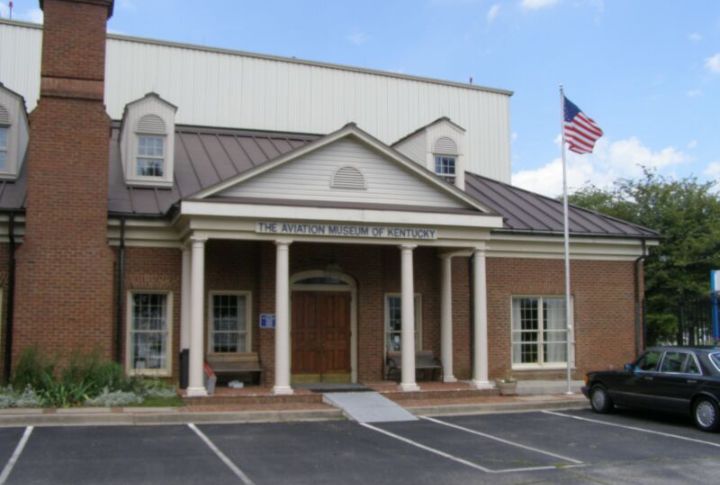
Besides its modern amenities, Blue Grass has the Aviation Museum of Kentucky, which has over 75 years of history. The museum spans over 25,000 square feet of restored military planes and famous exhibits like the Wright Flyer. Here, traveling is different because you can visit the museum for a memorable travel experience in the heart of Kentucky.
